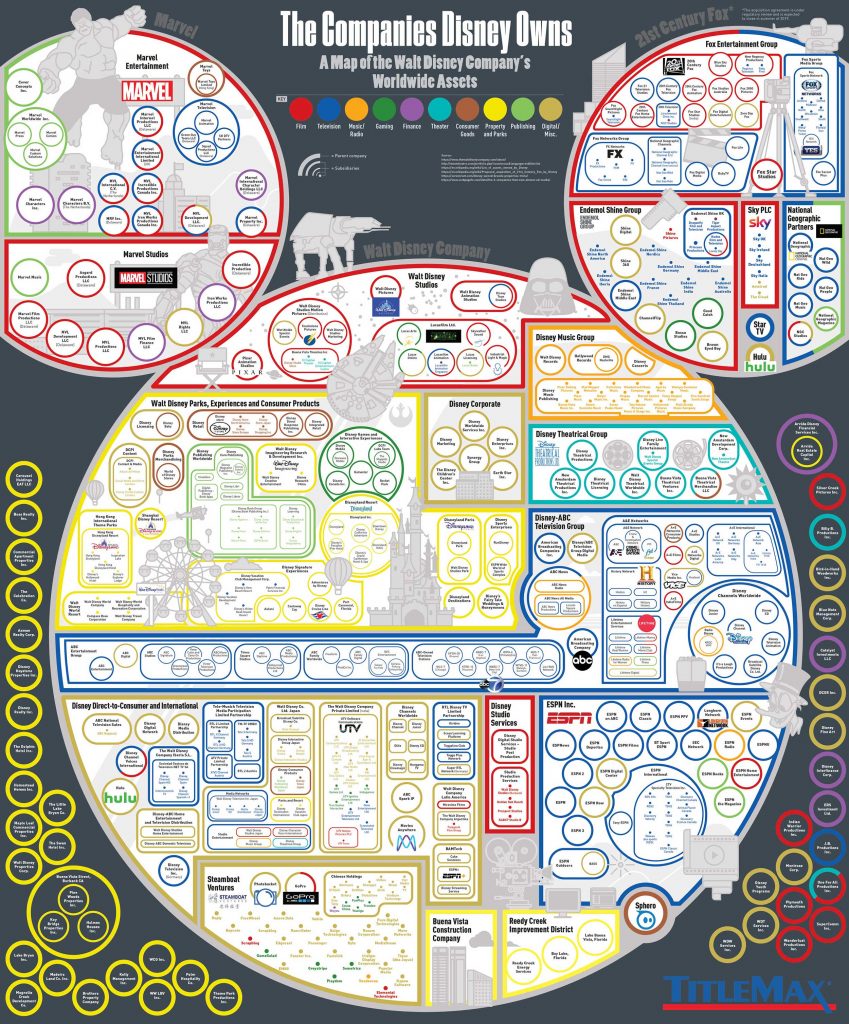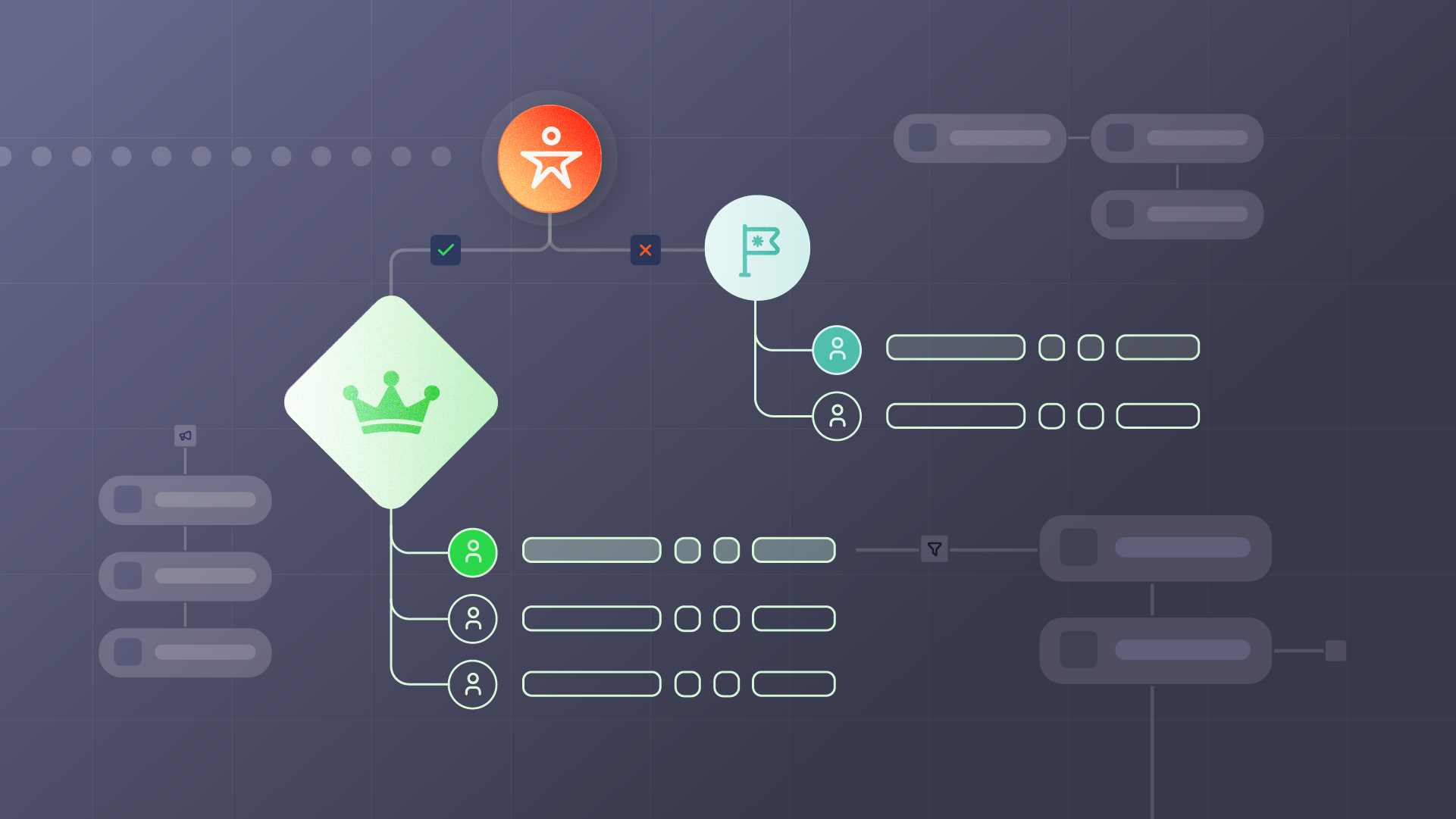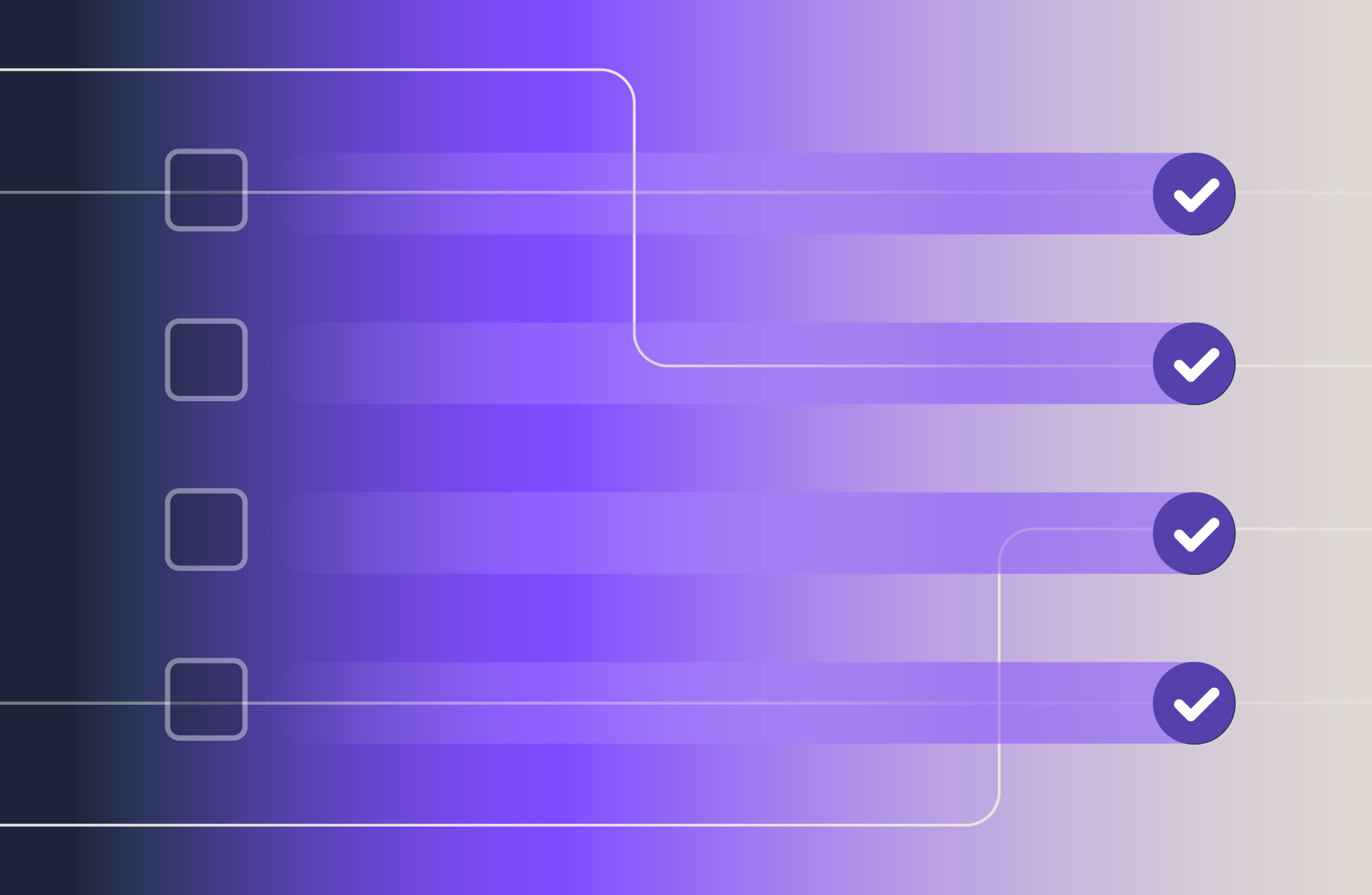Account-based marketing vs. enterprise account-based marketing
Doing ABM? Your team likely puts significant effort into account-based strategies and as an operations leader, you want to know that those campaigns are reaping the rewards.
ABM focuses not just on individual accounts but the contacts, leads, and interactions associated with the buyer journey. If you don’t have connected data, leads are matched to the wrong accounts and your account-based efforts will fall short – leading to mistakes, wasted efforts, and lost deals.
When it comes to enterprise account-based marketing, those details become exponentially more important. In order to effectively market to enterprise companies, marketing operations teams need a deep understanding of all the subsidiaries that belong to that enterprise, as well as the contacts within the entire structure of an organization.
While standard ABM fundamentals apply, targeting an enterprise isn’t always straightforward – here’s why.
Enterprise ABM operations are more complex
At an operational level, the difference between traditional ABM and enterprise ABM is often overlooked. Account targeting is approached with an ABM lens that focuses on individual accounts, versus related accounts across the hierarchy. This is because child accounts aren’t automatically connected as subsidiaries of an enterprise or parent account.
Account-based efforts that target a general group of accounts might work for organizations that use the same umbrella name but are legally distinct from one another – for example, franchises like the YMCA.
However, your marketing efforts can get complex very quickly for organizations that have legal hierarchies, like Walt Disney. Enterprise organizations like these often have hundreds of subsidiaries that are vastly different.

Suddenly, targeting an enterprise organization at a one-to-one level becomes muddied and impersonal, the exact opposite of what an ABM strategy hopes to accomplish.
If you’re only connecting a lead to an existing Salesforce account, you’re not getting a representation of the full enterprise, just a single account. As a marketing operations leader, the question to ask yourself is – are you facilitating ABM or enterprise ABM?
You might also like:
- RevOps in motion: 15 leaders you need to be following
- Q&A: How are Ops Leaders Solving Common Data Challenges
- Always be optimizing: Salesforce territory management best practices
Enterprise ABM is most effective when you work across the hierarchy
Enterprise entities operate as a hierarchy and your account data should reflect that. Without understanding the parent-child relationships between accounts that exist within an enterprise, it’s impossible to implement an effective enterprise ABM campaign.
By being able to visualize these large, complex relationships, account hierarchies make it possible to remove these hurdles and bridge the gap between the sales and marketing teams. Here are just a few of the benefits of working across the hierarchy.
No more blind spots
Enterprise organizations are dynamic and can include hundreds of subsidiary accounts – not to mention, that they’re always undergoing mergers and acquisitions. With all of the nuances and people involved in the decision-making process, it’s easy for human error to come into play. Having a single source of truth that lays out the enterprise hierarchy is an easy solution to an otherwise complex problem. Imagine all those accounts you’re trying to identify and report on for Disney…

By using account hierarchies, you can eliminate blind spots and get a holistic understanding of the enterprise that your leads are connected to. As the only automated account hierarchy solution for Salesforce, Complete Hierarchies makes implementing this function a breeze.
Improve tracking and measurement
If marketing operations aren’t tracking the specific account, touchpoints, or timing of engagement with specific leads, there’s a good chance that you’re missing out on key insights that could make or break a deal.
With blind spots eliminated and improved efficiency, you’ll be able to better track and measure your operational efforts. When you’re able to look at enterprise hierarchies as a whole, it becomes easier to avoid lead matching and routing conflicts across accounts and provide a better customer experience.
This also makes tracking and measuring across enterprise ABM campaigns more effective. Your marketing operations teams can better understand successes and challenges by seeing contacts, campaigns, pipelines, and wins across the enterprise, all in one place.
They’ll also be able to see where leads are coming from and which accounts in the hierarchy they should hone their efforts on.
Accurate enterprise account-based routing
Do you have accurate lead routing and and effective sales handoff for your enterprise accounts?
Imagine a lead comes in and is routed to the next available sales rep. It’s now out of your hands and into Sales’ when it’s routed to a mid-market rep (and someone who’s new to the role!). You want to know that this lead and others are being handled appropriately, and have the best chance at creating opportunity pipeline. Without having that account hierarchy structure you might be able to match to accounts if you have account-based matching in place, but you will not be able to match to the entire enterprise.
This can cause account conflicts, which you should care about! That lead that came in earlier? It should have been assigned to an enterprise rep and the opportunity was lost before it begun. Account hierarchies are the blueprint that allows for effective enterprise account-based routing.
Align with sales and get on RevOps good side
Sales teams work one-on-one with their contacts to build their network and land-and-expand into new areas. Marketing teams should be aligned with these efforts and amplify key messages in the same way.
A multi-thread sales approach doesn’t have to be done in a silo. Once a deal is closed with an account, sales teams will often use it to start conversations with other subsidiaries. Similarly, marketing teams can also use that same proof-of-concept to draw in more leads. Marketing to contacts across the same enterprise company also encourages consistent messaging.
Marketing and sales teams empower each other and can expand into an enterprise without friction. By marketing to buyer committees across the account hierarchy in the background, you can help teams scale their land-and-expand approach and accelerate your revenue strategically. You are effectively aligning efforts and target accounts for a joint effort.
This is a big win to take to your RevOps leader as a solution to solve for not just Enterprise ABM, but all account-based everything challenges. Native Account Hierarchies are a core data pain point that RevOps deals with frequently, manually, and with much effort in order to keep up in Salesforce. This helps them solve their pain points too.





